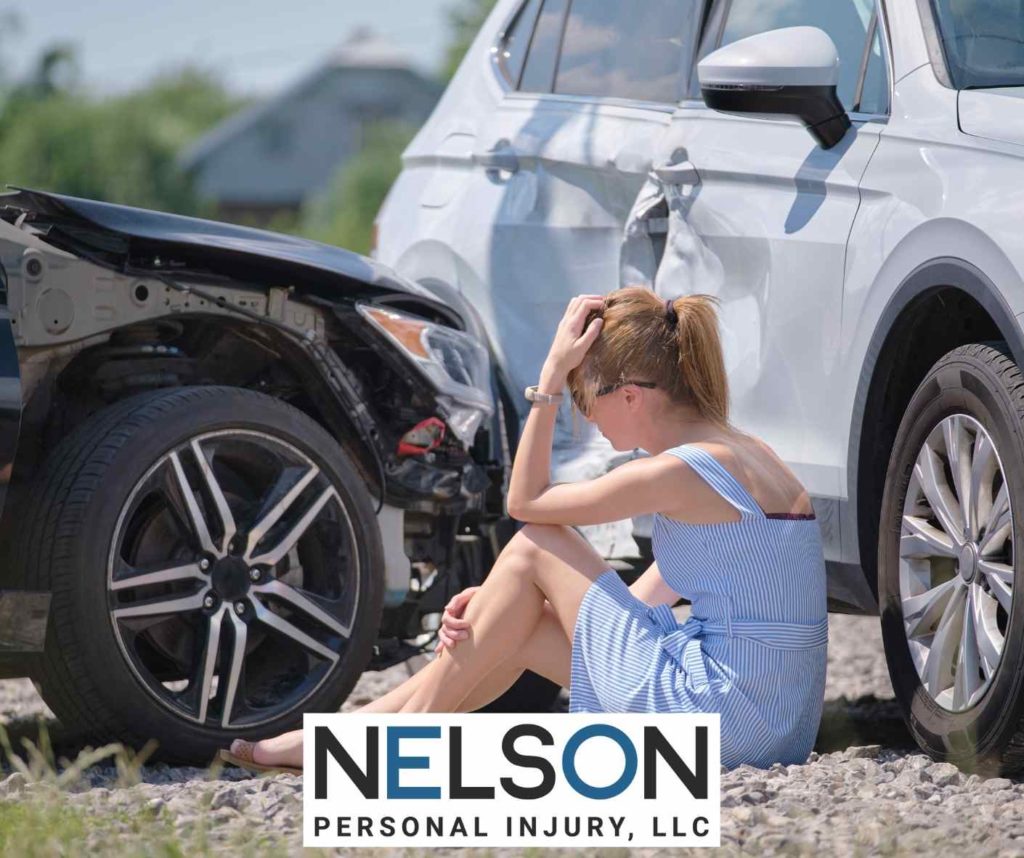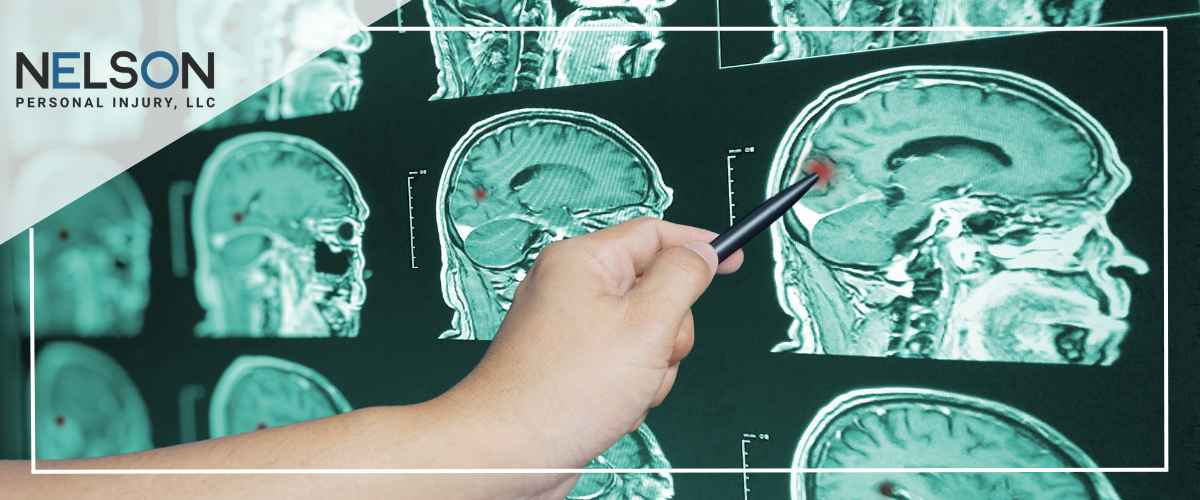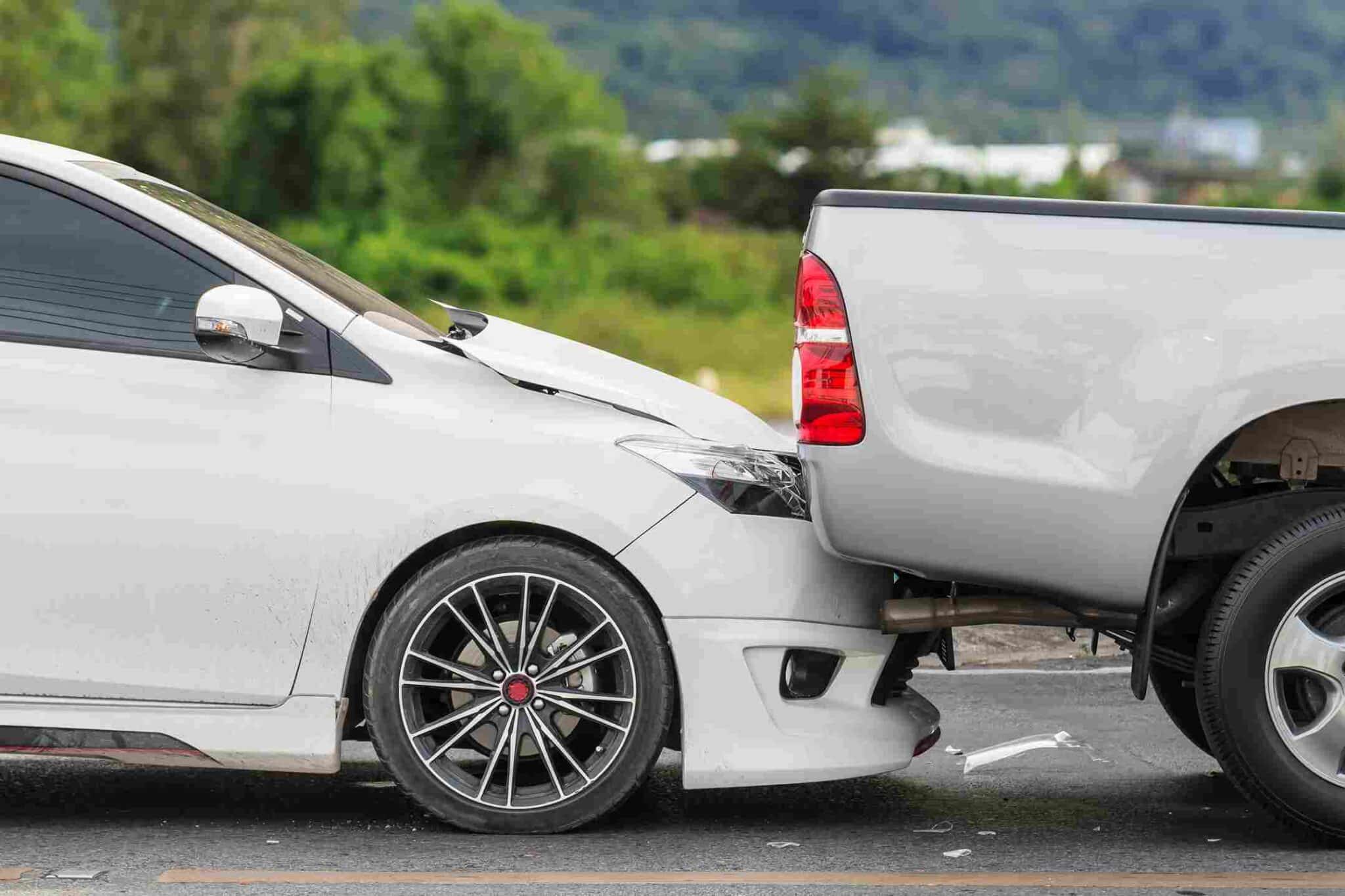Modern vehicles are made to help keep you safe on the road. However, even if you drive a vehicle with all the latest safety equipment, accidents, injuries, and fatalities may still occur.
Unfortunately, the state of Minnesota is not immune to serious car accidents on the roads and highways. This is especially true in the winter months, with harsh weather causing treacherous and dangerous road conditions.
Usually, accidents occur without warning. The sudden nature of these events can make them scary and overwhelming. While avoiding an accident may be impossible, in some situations, you can protect your right to receive compensation by taking the right steps after the accident.
At Nelson Personal Injury, LLC, our Minnesota car accident lawyers are ready to aggressively fight for your rights and ensure you receive the maximum compensation possible for your injuries and damages.
Below are a few steps you can take after an accident to protect yourself:
Contact the Police
If you are involved in a car accident in Minnesota, you should immediately report it to the authorities.
When you contact the authorities, be sure to tell them about the location of the accident, whether anyone has sustained injuries, and any potential hazards nearby. If anyone is hurt, you should request immediate medical assistance.
In Minnesota, it is required by law to remain at the scene and exchange information for any incident involving property damage, injuries, or fatalities.
It is also necessary to file a Minnesota motor Vehicle Crash Report if any of the following occur in your accident:
- Injuries
- Fatalities
- Property damage of $1,000 or more
This report must be filed with the Minnesota Commissioner of Public Safety within ten days of the accident.
Gather Evidence While at the Scene
If you were injured or your vehicle was damaged in a car accident, you need to receive full compensation for your damages. To receive a fair settlement from the insurance company, you must provide proof that the other driver did something wrong or that they did not drive in a safe or responsible manner.
Gathering evidence at the accident scene will help support any future claims you make with an insurance company.
The accident scene will be cleared quickly. If the vehicles are not drivable, they will have to be towed, and people will begin to leave. If possible, take time after the accident to gather the contact information of any potential witness who saw what happened. You should also take photos or a video of the scene of an accident before anything is moved or changed. You should also note any weather conditions or hazardous road conditions that may have contributed to your accident.
Seek Medical Treatment
After a car accident, your body will enter “fight or flight” mode. During this, adrenaline is pumped through your body, which can mask injuries. Because of this, you may think that you were not injured. Unfortunately, many injuries can take hours, days, or longer to show up, so you should still have a full medical exam. A doctor can perform a thorough exam to determine if you were injured and determine the proper course of action to take
Another reason to seek medical treatment after an accident is to document what injuries you sustained and your symptoms. If you end up pursuing a claim, this documentation is evidence used to support your claim and prove your injuries and damages. Insurance companies often treat lack of treatment, failure to report symptoms, or gaps in care as evidence that the person was not injured.
Never Admit Fault
After an accident, it is only natural to want to express your feelings about the situation. You may, for example, say “I am sorry” to the other driver. Unfortunately, this may result in the other party using your words against you.
You should also avoid apologizing or accepting blame for the accident when speaking to the authorities or an insurance adjuster. Stick to the facts. If you are not sure what you should or should not say, it is best to consult with and hire an experienced car accident lawyer and let them talk for you.
Report the Accident to Your Insurance Company
Most insurance policies will have a “Notice of Occurrence and Cooperation” provision. This means that you are contractually bound to report incidents and accidents to the insurance company. It also means that you agree to cooperate with their investigation of the accident.
You are obligated to report the incident even if no one was injured in the accident. This is true when someone else is responsible for the accident as well.
If you do not report the incident to your insurance company, they may increase your rates, cancel your policy, decline a renewal when the time arrives, or deny coverage.
It should be noted that you have no such duty to cooperate with the other driver’s insurance company. If the other driver’s insurance company tries to talk to you, or get a recorded or written statement, you should speak with a lawyer before doing so.
Understand Minnesota’s No-Fault Insurance Laws
Minnesota is a no-fault insurance state. This means that it does not matter who caused your accident when it comes to receiving no-fault benefits. Typically, you will receive no-fault benefits from your own insurance company. As part of your no-fault claim against your own insurance company, you will have access to a minimum of $20,000 in medical expenses for treatment that is reasonable, necessary, and related to the car accident, as well as reimbursement for your mileage to and from your appointment. You will also have access to a minimum of $20,000 in wage loss and replacement services that have resulted from your car accident-related injuries.
Pain and suffering are not covered by no-fault insurance.
For a detailed discussion of Minnesota no-fault coverage, see our no-fault web page.
If you experience a more serious injury, it is possible to recover compensation from the at-fault driver through what is called a personal injury or liability claim.
There are specific situations when you can file a lawsuit against the other driver. These situations include the following:
- Your medical costs (excluding diagnostic imaging) are at least $4,000;
- You have suffered a disability because of the accident for a minimum of 60 days;
- You sustained a scar or disfigurement;
- Death occurred as a result of the crash; or
- You have suffered a permanent injury.
If you have met one of these threshold requirements, you are legally allowed to pursue a claim against the at-fault driver for medical expenses and wage loss not covered by your no-fault claim and for pain and suffering damages.
Hire a Minnesota Car Accident Lawyer to Help with Your Claim
It is best to contact our experienced and reputable car accident attorney for assistance if you are involved in a car accident. At Nelson Personal Injury, LLC, we have years of experience representing accident victims and helping them recover the maximum compensation to which they are entitled.
We understand that handling the legal process when recovering from accident-caused injuries can be challenging. Let us handle the legal process while you focus on recovering.
The first step is to contact our legal team to schedule a free initial consultation. During this consultation, we can learn more about your accident and begin creating a strategy to move forward with the legal process. Call today to set up an appointment.
Read More






